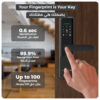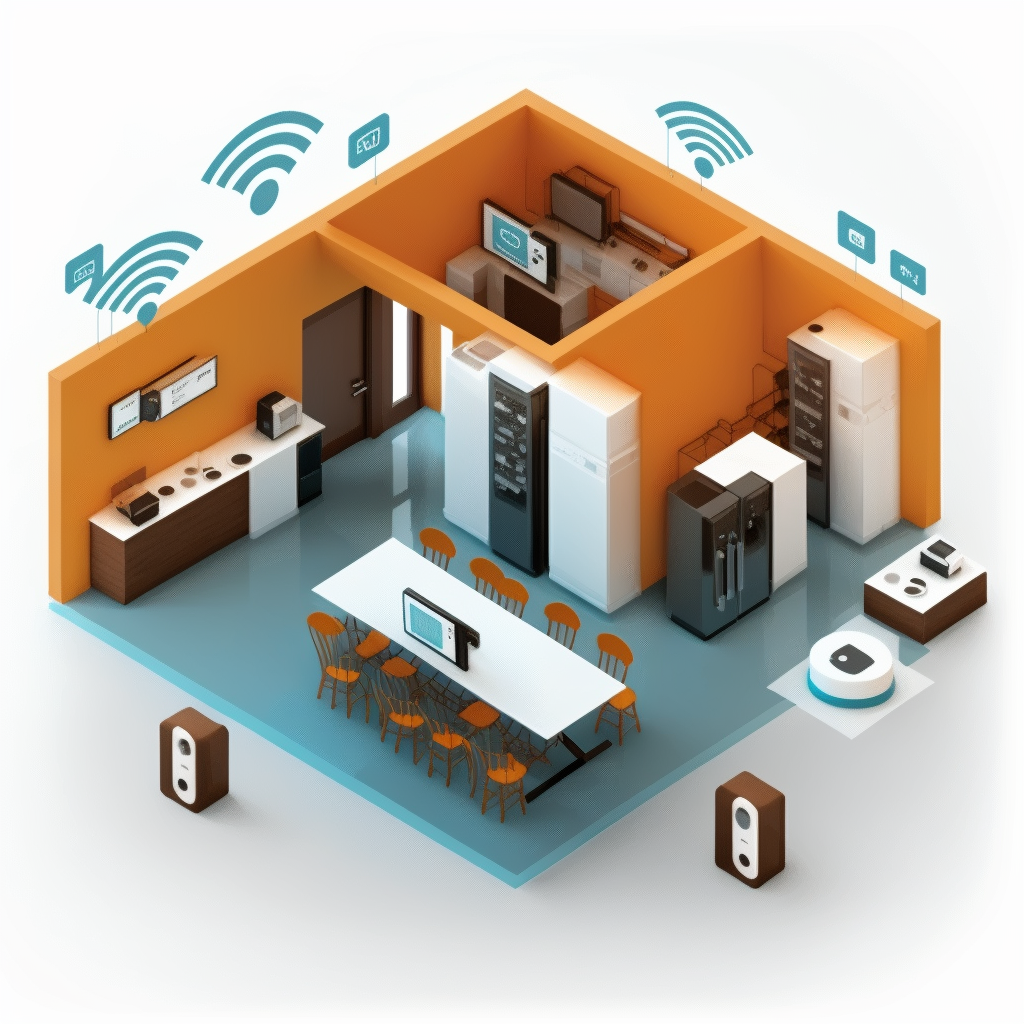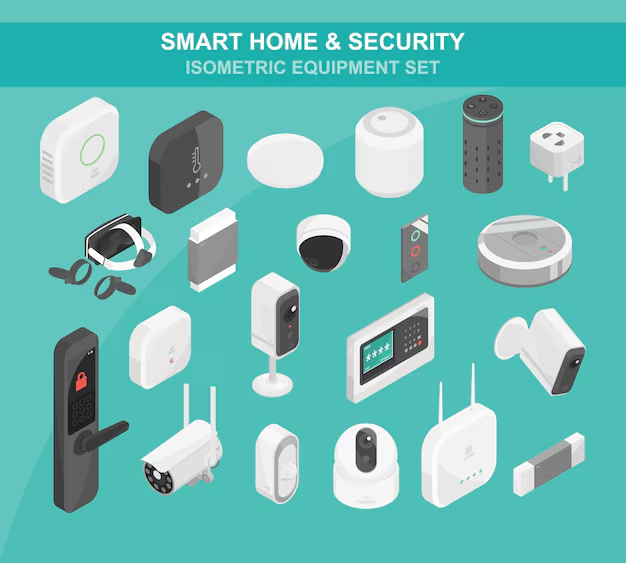The Smart Home Revolution
In this era of rapid technological advancement, our living spaces have undergone a remarkable transformation, evolving into smart, interconnected, and highly responsive environments. Smart door locks have emerged as one of the most sought-after devices in the ongoing technological revolution. These cutting-edge devices, seamlessly connected through Wi-Fi, provide users with unparalleled convenience and an elevated level of security. It is important to recognize that these devices’ seamless connectivity undoubtedly increases their appeal, but it also potentially introduces security flaws. In this comprehensive article, we will delve into the intricacies of smart door lock security, shed light on the potential risks, and equip you with practical strategies to bolster your home’s security.
Unmasking the Risks of Wi-Fi-Connected Smart Door Locks
Smart door locks, much like their fellow Internet of Things (IoT) counterparts, may possess certain vulnerabilities that render them susceptible to cyberattacks. Hackers may take advantage of the device’s security flaws, the Wi-Fi network’s weaknesses, or even the user’s account to gain unauthorized access. The potential ramifications of this situation are quite significant, encompassing various undesirable outcomes such as unauthorized access, theft, or even potential harm to one’s personal well-being. In addition, it is worth noting that, in the unfortunate event of a hacker successfully infiltrating a single device within a network, the potential for further compromise of other devices becomes a significant concern. This can result in an escalated level of damage and potential consequences.
Examples of Potential Risks
To better understand these risks, let’s delve into some specific examples:
- Device Hacking: Hackers can exploit security vulnerabilities in a smart lock to gain control of the lock. For instance, they could unlock the door at will, leading to potential break-ins.
- Network Interception: Hackers could potentially intercept the communications between your smart lock and your control device (like your smartphone), capturing sensitive information, such as the digital keys used to lock or unlock the door.
- Account Breaches: If a hacker gains access to your account, they could potentially lock or unlock your door remotely, change your account settings, or even delete your account.
- Denial of Service: A hacker could potentially flood your smart lock or your network with traffic, causing the lock to become unresponsive.
- Privacy Breaches: Some smart locks collect data about when and how they’re used. If this data isn’t properly secured, it could potentially be accessed by hackers, who could learn about your habits and routines.
- Spread of Malware: If a hacker gains access to one device on your network, they could potentially use this as a launching point to attack other devices on the same network.
Securing Your Smart Home: Practical Measures to Mitigate Risks
While these risks may seem daunting, there are practical measures that anyone can take to secure their smart door lock:
- Regular Updates: Keep your smart lock and its associated apps updated. Manufacturers often release updates to fix known security vulnerabilities.
- Strong, Unique Passwords: Use a strong, unique password for your smart lock and any associated accounts. A strong password typically includes a mix of uppercase and lowercase letters, numbers, and special characters.
- Two-Factor Authentication: If available, enable two-factor authentication. This adds an extra layer of security by requiring a second form of verification, such as a code sent to your phone, in addition to your password.
- Secure Your WiFi Network: Use a strong, unique password, enable network encryption (preferably WPA2 or WPA3), and consider setting up a guest network for visitors. This can help prevent unauthorized access to your main network where your smart devices are connected.
- Firewall and Antivirus Software: Use a reliable firewall and antivirus software to protect your network and devices from potential threats.
- Device Settings: Review the settings on your smart lock and other smart devices. Disable any features that you don’t use, as these can sometimes introduce additional security vulnerabilities.
- Educate Yourself: Stay informed about potential security risks and best practices. The more you know, the better prepared you’ll be to secure your devices.
- Reputable Brands: Purchase smart devices from reputable manufacturers that are known for good security practices.
The Case for Bluetooth and Zigbee
Yes, connecting sensitive devices like smart locks via Bluetooth or Zigbee through a hub can potentially reduce security risks compared to connecting them directly via WiFi. Here’s why:
- Reduced Attack Surface: When a device is connected directly to the internet via WiFi, it’s exposed to a larger “attack surface” – that is, more potential points of vulnerability that a hacker could exploit. By contrast, when a device is connected via Bluetooth or Zigbee through a hub, it’s not directly exposed to the internet, which can reduce the attack surface.
- Network Segmentation: Using a hub can help to segment your network. This means that even if a hacker were able to compromise one device, they would have a harder time reaching other devices on your network.
- Security Features: Many hubs have built-in security features, such as firewalls and encryption, that can provide an additional layer of protection for your devices.
- Lower Power Consumption: Bluetooth and Zigbee are low-power protocols, which means devices using these protocols can have longer battery life compared to devices using WiFi. This can be an advantage for battery-powered devices like smart locks.
However, it’s important to note that using a hub doesn’t eliminate all security risks. For example, if the hub itself is not secure, it could become a point of vulnerability. Therefore, it’s crucial to choose a hub from a reputable manufacturer, keep the hub’s software updated, and follow best practices for network security.
Conclusion: Balancing Convenience and Security in Your Smart Home
Even though WiFi-connected smart locks and other smart home devices offer ease and functionality that can’t be beat, it’s important to be aware of the possible security risks. By securing your devices ahead of time and picking products with strong security features, you can enjoy the benefits of a smart home while minimizing the risks.








